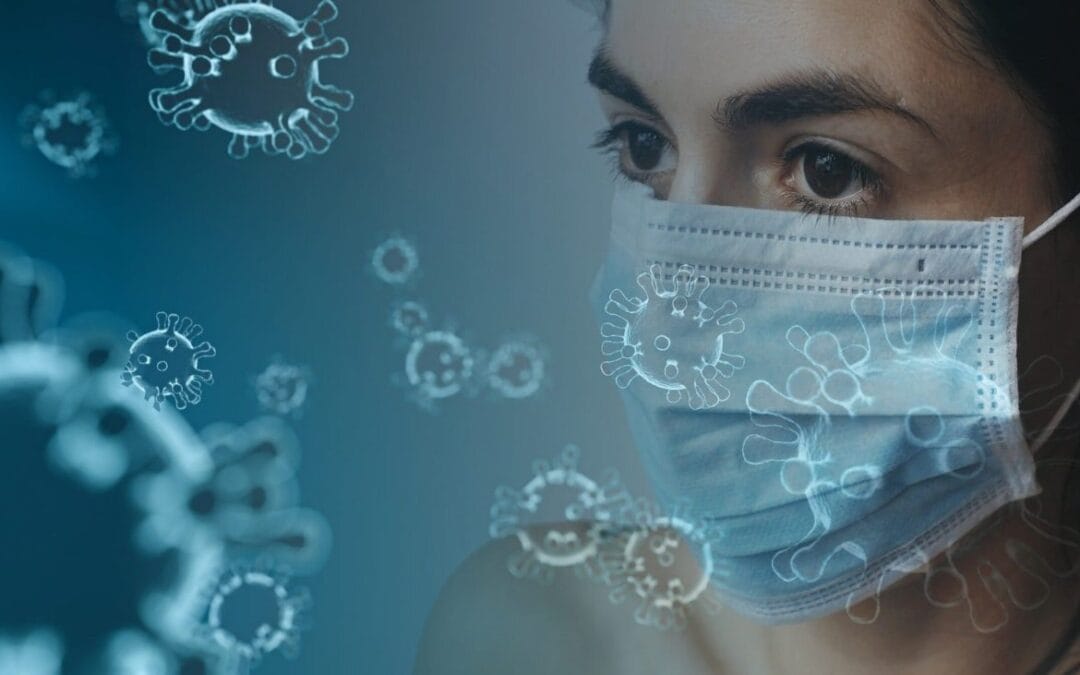
According to ScienceDaily, a CDC analysis of National Healthcare Safety Network (NHSN) data showed that “after years of steady reductions in healthcare-associated infections, significantly higher rates of four out of six routinely tracked infections were observed in U.S. hospitals.” The COVID-19 pandemic is mainly responsible for the increase in infections due to “more and sicker patients requiring more frequent and longer use of catheters and ventilators as well as staffing and supply challenges.” Arjun Srinivasan, M.D. and the CDC’s Associate Director of Healthcare Associated Infection Prevention Programs, stated that “COVID-19 created a perfect storm for antibiotic resistance and healthcare-associated infections in healthcare settings.”
For this study, researchers used data collected through NHSN, the nation’s largest healthcare-associated infection surveillance system, to compare infection rates from before and during the pandemic for central line-associated bloodstream infections, catheter-associated urinary tract infections, ventilator-associated events and antibiotic resistant staph infections. The largest increase was seen in bloodstream infections caused by central line catheters, where rates of central line infections were 46-47% higher during the second half of 2020 compared to 2019. Rates of ventilator-associated infections also increased by 45% in the fourth quarter of 2020 compared to 2019. Researchers did not find an increase in surgical-site infections as fewer elective surgeries were performed. The study also found the occurrence of C. diff infections remained about the same, likely resulting from an increased focus on hand hygiene, environmental cleaning and the use of personal protective equipment.
Tara N. Palmore, M.D., and David K. Henderson, M.D., of the National Institutes of Health, in an editorial that accompanied the study, stated that “the success of the previous several years, with steady declines in rates of these (healthcare-associated) and device-related infections, further accentuated the upswings that occurred in 2020.” The editorial concluded that “basic infection control practices must be hardwired into practice so that they are less vulnerable when the health care system is stressed.”


Comentarios recientes